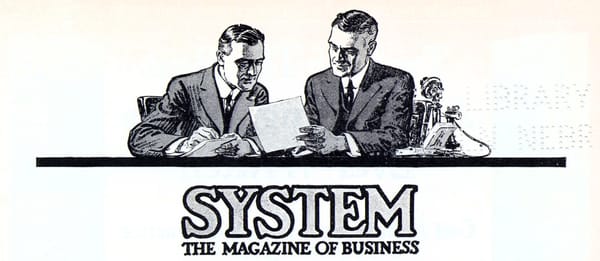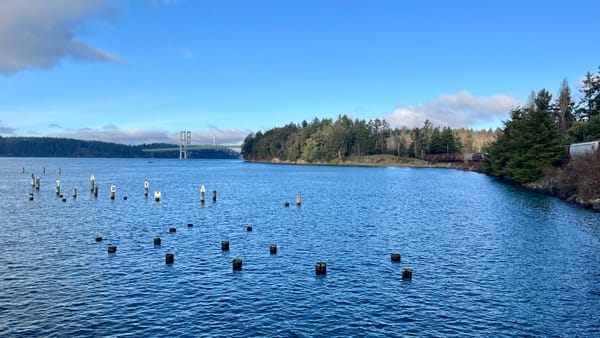“What did you notice?” → End your meetings with this short, powerful question
“What did you notice?”
Asking this question is an incredible way to close out a meeting or gathering.
Here’s how it’s done
- Pose the question: “What did you notice?”
- Invite everyone to share their answer, or pass.
- Indicate that you'll answer first and point out who's next.
- Give your answer. (I tend to say something like, “I noticed how everyone contributed in their own way and appreciated learning from each of you.”)
- Go around the room. Listen. Offer the kindest attention and warmest eye contact you can muster for each person. If someone needs prompting, ask, “What did you notice?” or the more advanced form, “What’s one thing you noticed?”
- When everyone has had a chance to speak, you’re done.
- Close by saying “thank you.”
So, what do people say?
Sometimes people share simple things. Often it’s appreciations and gratitude. For one another. For time together. For kindness or collaboration that has occurred. People might say they noticed conflict, especially if they can point to a moment where it was identified or resolved.
Then a transition happens. This is the magic trick.
It happens in a group of 5 or a group of 50. I don’t know why, but it does. I’ve done this a hundred times in dozens of different groups and each time I worry it won’t happen. It always does. The transition is:
About halfway through, responses will shift from sensory observations and observations into a deep retrospective. Reflection, decision, statements of purpose.
The question hasn’t changed—“What did you notice?”—but the room has.
Maybe some perspective-taking happens. Or someone reinforces shared purpose, especially where there has been disagreement.
By the end, the answers to “What did you notice?” tend toward summary and action. What's next. What's the opportunity. Noticing consensus or its lack.
The group has started with “what” and moved on to “so what” and then “now what.” All with a single, simple question.
There are facilitation methods for doing this with a little more scaffolding.
For example, the Institute of Cultural Affairs’ Focused Conversation method is a facilitated discussion that leads a group through stages from Objective to Reflective to Interpretive to Decisional (ORID). Focused Conversations are lovely too, and I use them often. A simpler version is the “What/So What/Now What” Liberating Structure.
But simpler still is the “what did you notice?” question.
Try it sometime. It’s so simple, it feels magical. I think it might actually be magic.



